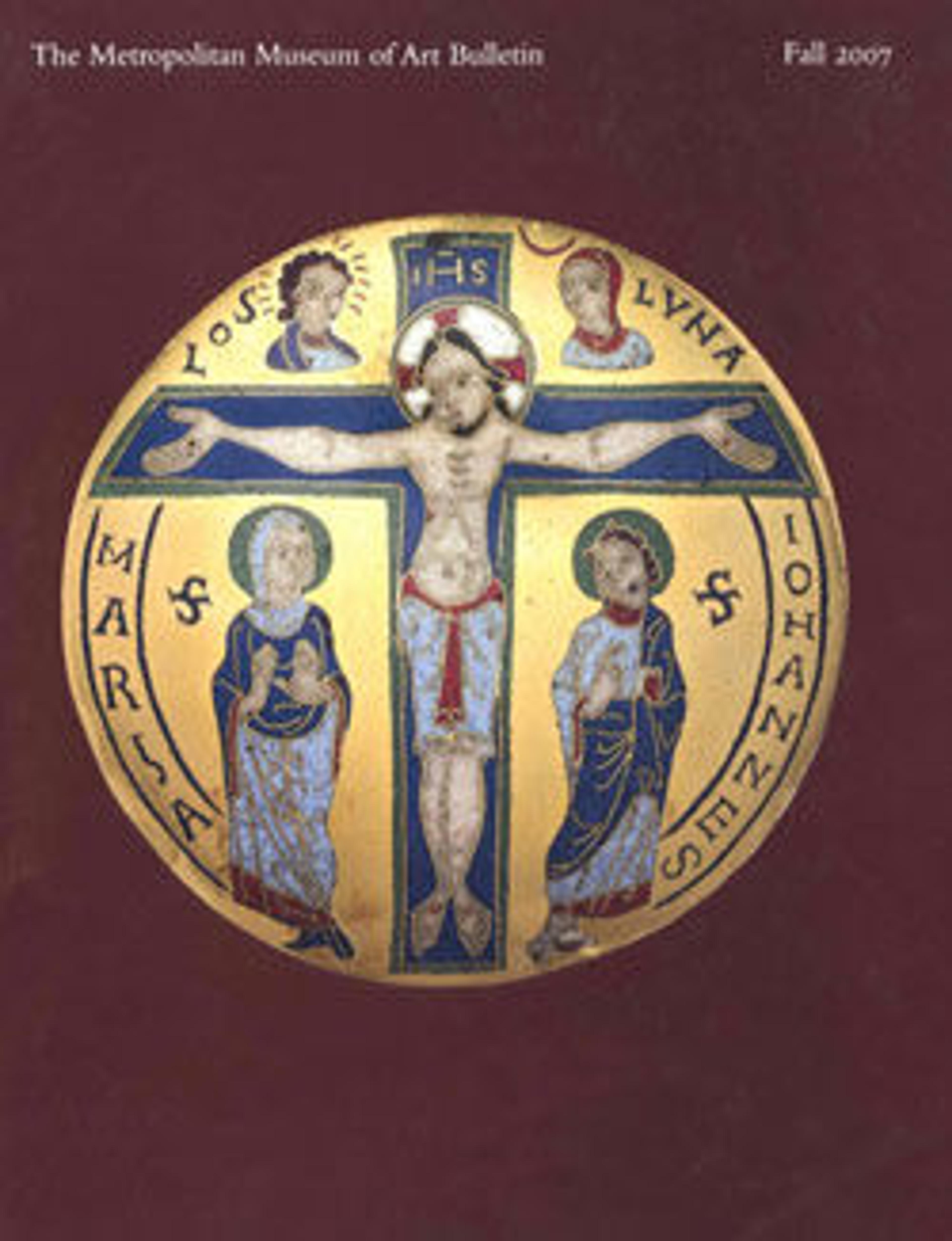The Crucifixion
This richly detailed triptych was intended for private devotion; an old inventory label on the back indicates that it once belonged to the Stiozzi Ridolfi family. When closed, it could be easily transported. When opened, it offered three scenes for meditation relating to death, resurrection, and the Last Judgment; note how one of the resurrected figures in the Last Judgment looks directly at the viewer. Although the figure scale is inconsistent, the northern-inspired landscape is continuous in all three panels. The superscription at the top of the cross, reading “Jesus Christ King of the Jews,” is rendered in Hebrew, Greek, and Latin letters
Artwork Details
- Title:The Crucifixion
- Artist:Francesco Granacci (Francesco di Andrea di Marco) (Italian, Villamagna 1469–1543 Florence)
- Date:ca. 1510
- Medium:Tempera and gold on wood
- Dimensions:Central panel 19 x 11 1/2 in. (48.3 x 29.2 cm); each wing 19 x 6 in. (48.3 x 15.2 cm)
- Classification:Paintings
- Credit Line:Gift of Nancy, Carolina, and Isabelle Richardson, and Purchase, Friends of European Paintings Gifts, 2006
- Object Number:2006.409
- Curatorial Department: European Paintings
More Artwork
Research Resources
The Met provides unparalleled resources for research and welcomes an international community of students and scholars. The Met's Open Access API is where creators and researchers can connect to the The Met collection. Open Access data and public domain images are available for unrestricted commercial and noncommercial use without permission or fee.
To request images under copyright and other restrictions, please use this Image Request form.
Feedback
We continue to research and examine historical and cultural context for objects in The Met collection. If you have comments or questions about this object record, please contact us using the form below. The Museum looks forward to receiving your comments.
